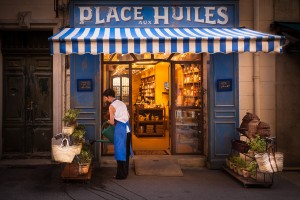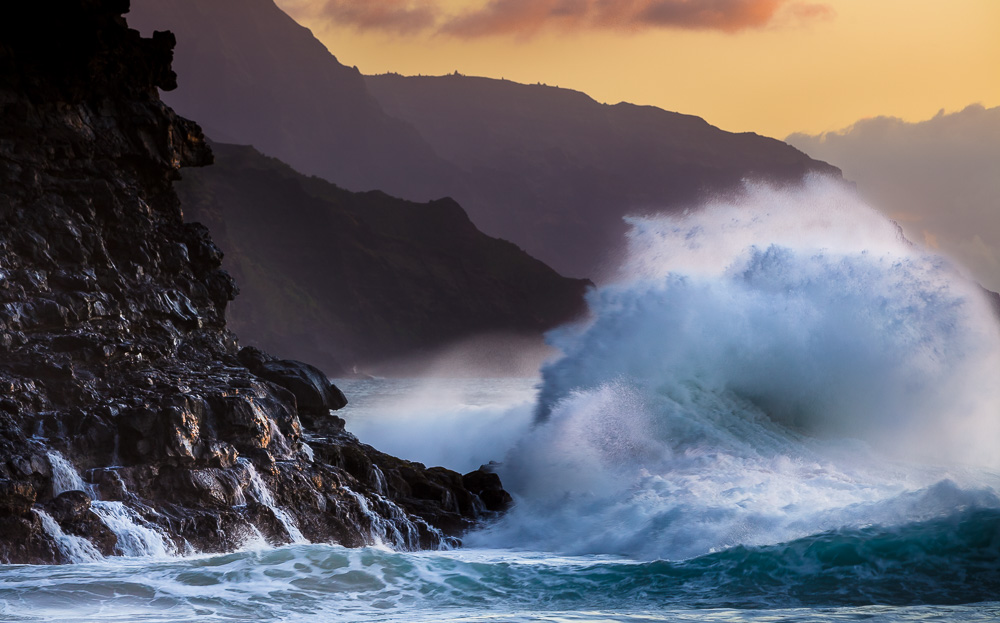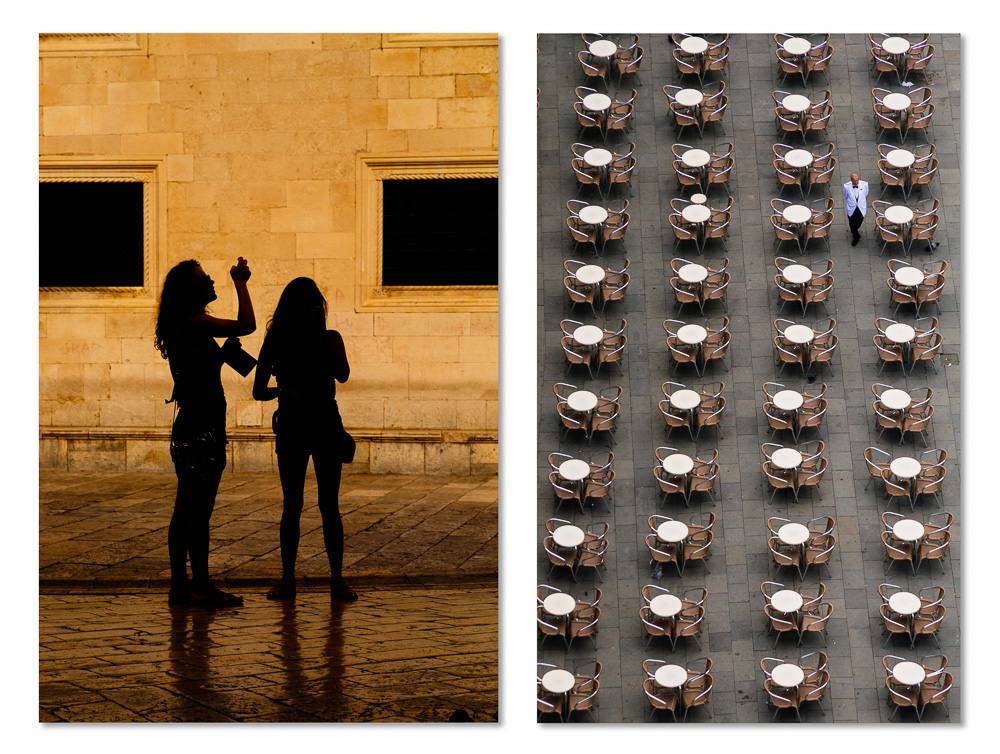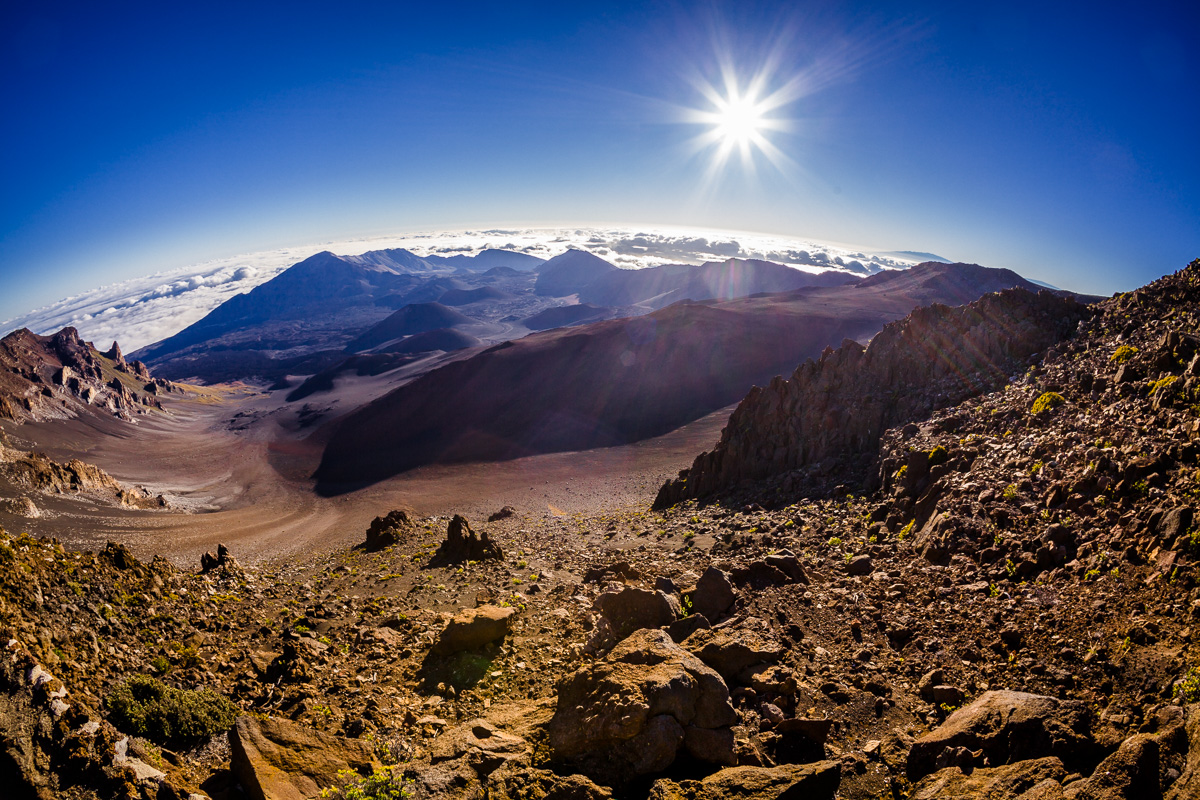“Sometimes things aren’t clear right away. That’s where you need to be patient and persevere and see where things lead.” — Mary Pierce
“Great works are performed not by strength but by perseverance.” — Samuel Johnson
These quotes, the first by a 20th century French-American Tennis player, the second by an 18th century British writer, are both relevant to creating great images in the 21st (or any) century. We live in a fast-paced world that demands instant gratification and waits for no one. Allow this mind-set to seep into your image-making and you might end up with images that are less than they might have been.
The importance of studied patience in your photography can’t be overstated. It’s rare to arrive at location, find an ideal subject and create the best image possible in the opening seconds. Situations around your subject develop and change, the light changes, your subject changes, even your thoughts about the image you are trying to create change. Unlike the studio, nothing in the field is under your control; if conditions aren’t right, you have to wait… or plan to return another day. Even when the conditions are perfect: perfect light, perfect background, working your subject is essential to finding that elusive moment where it all comes together. To paraphrase Jay Maisel, that moment where “Light, Colour and Gesture” come together to create that one great instant for you to capture.
National Geographic photographer Sam Abell relates that when he finds and interesting background he will often set up and wait, sometimes for hours, for something interesting to happen in front of this background. (Backgrounds are almost more important than the main subject in a successful image)

This image didn’t require hours, but it did need about 45 minutes, plus a 1/125th of a second to create. I was instantly intrigued by the contrast of the warm interior tones and the blue of the signage and awning in this store in Aix-en-Provence. But it was just another storefront; it needed something more to bring it together and complete the story. Over the course of those 45 minutes I hung out across the street, watched as customers came and went, as people hurried by… and waited. In the fading twilight I had nearly given up when the storekeeper emerged from the store in her blue apron, with a large watering can and began watering the plants displayed on the street. That was the moment I had been waiting for, even though I hadn’t anticipated it at the outset.

Sometimes the action in front of you is unpredictable and happening so fast that you can’t be sure you have the best image possible in any single frame. Back in the film days, we recognized this implicitly and since we couldn’t instantly review our images we shot lots and lots of frames, “just to be sure”. In the digital age we can instantly review each frame, leading to what NatGeo photographer Cary Wolinsky calls the, “I got it syndrome”. Your camera LCD is a woefully inadequate device with which to analyze your compositions — making decisions to pack up and move based on a tiny LCD image is dicey at best. Furthermore, how do you know you have captured the peak moment? Situations will always continue to develop and change after you pack up and move on, so hanging around while the light is good will often pay dividends.
The image above is one out of more than 150 frames shot over a half hour sitting on the shore of the Na Pali coast of Kauai. Perched on some rocks, camera on tripod and remote release in hand, I knocked of frame after frame trying for that instant when one wave reflected off the rocks and ran back smack into the next oncoming wave, creating enormous eruptions of water. This is the one of the few frames where this happened.

Particularly where people are the subject, fleeting moments that really make a composition are exactly that: fleeting. Even when you think you’ve “nailed it”, it pays to stay on the subject, vigilant and ready. For the image above on the left, I had been sitting in a café on the Placa in Dubrovnik, enjoying a glass of Prosecco, people watching and photographing them as silhouettes against the far wall. The sun was low in the sky, and a portion of the square where I was sitting and where people were walking by was in shade, while the far wall was still lit by the late afternoon sun. Over the course of a half hour or so, I shot frame after frame… and then these two girls stepped into the picture for just a second, one of them raised her smart phone, snapped a picture and moved on.
The image on the right was shot from the top of the campanile in Venice’s St Mark’s Square. I had been shooting the pattern of tables in the Café below. Something was missing. I needed something to add the exclamation mark in the pattern, to complete the composition. Waiters were moving in and out of the frame as I shot this, but nothing really came together until the one solitary waiter walked out among the tables, struck a pose, and moved on all within about 10 seconds. I think the image was worth the grief I took from my family for being late for dinner that night — sometimes we have to suffer for our art.
Sometimes as well, we have an image in our head but its success depends entirely on conditions beyond our control. If you really want the image badly enough, you have to be prepared to persevere and return until those conditions present themselves.

Sunrise, 10,000 feet above the Pacific Ocean
This fisheye view of the sun rising above the caldera of Haleakala on Maui took three visits over five years for the weather to cooperate and produce the image I had in my mind. I know I won’t garner much sympathy for having to return to Maui multiple times…. but there you go.
So when you are out shooting, don’t settle for the first frame, work your subjects, find those fleeting moments, keep coming back until you get the image you are after.
– BPSOP Instructor: Mark English
Mark Teaches:
The Art of Printing & Selling Your Art
(Join me for a photo-workshop in Provence or Tuscany next year)
















